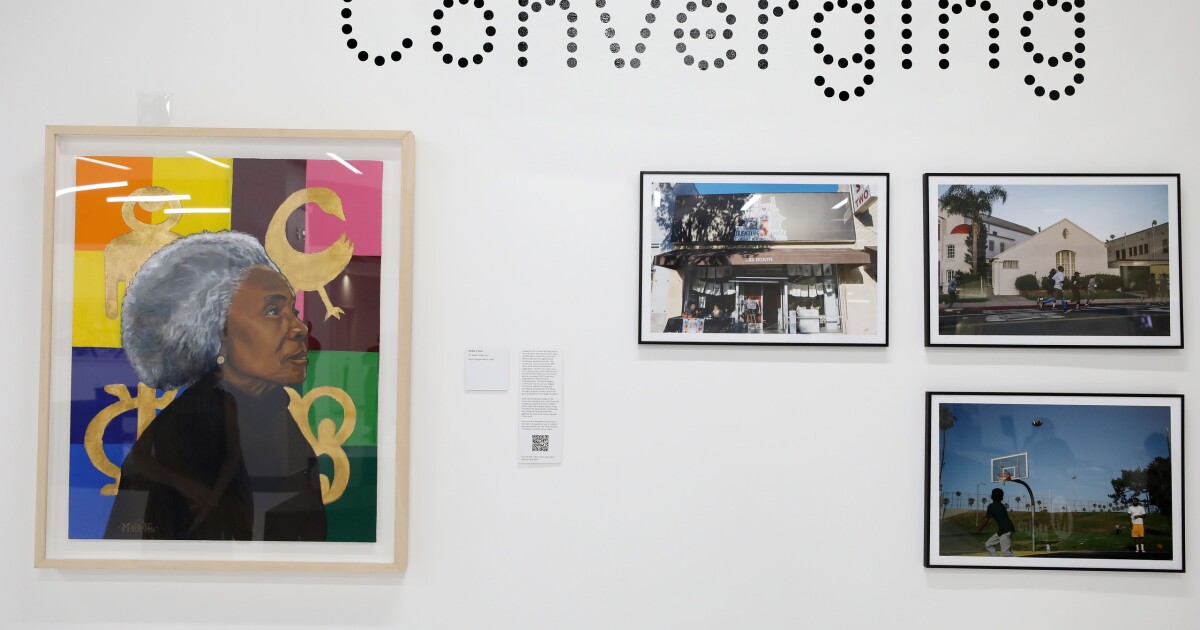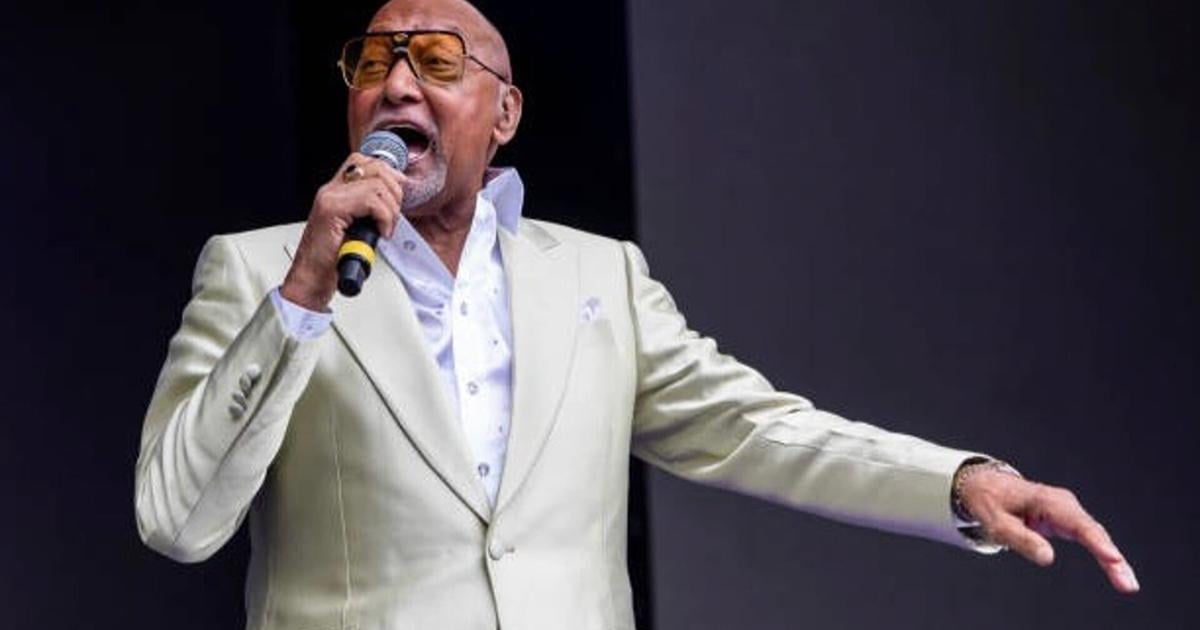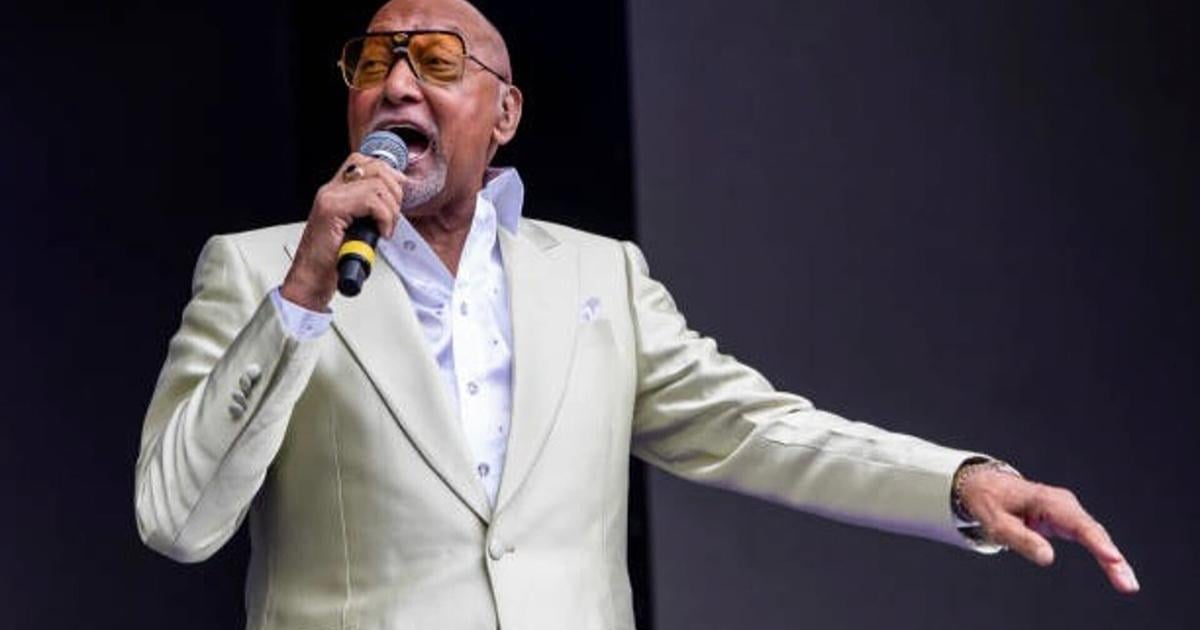In the months leading up to this week’s strike across Cal State University campuses, faculty often took issue with the gulf between their salaries and the system’s leaders.
On Monday, negotiators for the CSU and the faculty union reached a tentative agreement, putting an end to the strike.
But the feelings of indignation among many faculty haven’t been laid to rest.
Faced with a $1.5 billion funding gap, CSU’s Board of Trustees approved tuition hikes last September. Starting this fall, there will be an annual 6% increase for each of the next five years.
Read All Of Our CSU Strike Coverage
-
The California Faculty Association is a union that represents 29,000 coaches, counselors, lecturers, librarians, and professors. They’ve been negotiating with California State University since last spring, and have staged a series of strikes.
Meanwhile, to keep pace with their own market, the California Faculty Association — which represents 29,000 coaches, counselors, lecturers, librarians, and professors — began calling for a 12% salary increase last spring. The system’s leadership maintains it can’t afford that.
Why then, faculty wonder, can the CSU afford to pay its chancellor nearly $1 million dollars a year?
A bump in pay during a budget crunch
Chancellor Mildred García took the helm of the CSU system in 2023. That summer, the trustees board allotted $795,000 for her base salary.
That salary represents a 27% increase from her predecessor, Joseph Castro. García’s compensation package also includes $80,000 in deferred compensation, an annual $96,000 housing allowance, and an annual $12,000 car stipend.
“A million dollars! I can’t even imagine — that must be nice,” said Leda Ramos, a lecturer at Cal State L.A.’s Chicana(o) and Latina(o) Studies Department. On Monday, she joined dozens of other poncho-clad faculty protesting through a rainstorm.
On the picket line, on social media, and in response to an LAist callout, faculty members have expressed outrage over CSU executive pay.
Some note that, far from getting a car stipend, they pay to park on campus. Many also find the chancellor’s housing allowance — which CSU campus presidents are also entitled to — particularly difficult to stomach.
“I don’t make enough on my salary to even qualify for a one-bedroom apartment,” said Laura Quinn, a lecturer at Cal State San Bernardino’s English Department. Lecturers make up the majority of CSU faculty.
CSU previously maintained a chancellor’s residence, but decided to stop paying for its upkeep in 2018.
“I have a master’s degree, I’m teaching a full-time load at this place, and it’s just not cutting it,” Quinn said. “And then you see a million dollar chancellor with a $96,000 housing allowance.”
A CalMatters analysis found that, between 2007 and 2022, full-time lecturer salary grew by an average of 22% and full professor salary grew by an average of 30%. The presidential salary grew by an average of 43% and the chancellor’s salary grew by 38%.
In an emailed statement, Leora Freedman, vice chancellor for human resources, said that while the university aims to pay its workers fairly, not all jobs are the same:
“The chancellor is the chief executive officer of a system comprised of 23 universities and the largest 4-year public higher education system in the country. The salary approved by the Board of Trustees is in alignment with the median salaries of other system leaders across the country (although none are the size of the CSU).”
When determining compensation for campus presidents, CSU likewise considers what’s being offered at “comparable peer universities around the country,” said CSU spokesperson Amy Bentley-Smith.
Overall, added Freedman, “The CSU’s goal is to align all employees’ salaries with their peers at comparable institutions. And that is precisely why the CSU has provided 5% increases to its represented employees.”
What Does A Chancellor Do?
-
A university chancellor’s policies, tone, speeches, reforms, advocacy, and holding or not holding employees to account plays a big role in helping or hindering a person’s ability to enter the university, graduate with a degree, and start a path toward a stable, productive life.
-
The chancellor selection process is long and secretive, with a big wishlist of character traits. A chancellor is expected to be charismatic; to show good judgment; to be a prodigious fundraiser; to be equity-minded; and — especially for faculty — to value shared governance.
-
—Adolfo Guzman-Lopez, LAist Higher Education Correspondent | Read more
How does CSU compare with other universities?
The day before her appointment, CSU students and employees protested outside the system’s headquarters in Long Beach, arguing that García and other executives were overpaid.
In response, García said the board “approved the salary that they deemed to be appropriate.” She also noted that, “There are others making much, much more.”
García is right. A review by The Chronicle of Higher Education — which examined the base pay, bonuses, and benefits of 195 chief executives in 2022 — indicates that several public university leaders out-earn her.
García’s compensation is “not extraordinary,” said Harry Katz, professor of collective bargaining at Cornell University’s School of Industrial and Labor Relations.
“There are many university presidents, particularly at large public universities and the elite Ivy Leagues, who earn significantly more than a million dollars a year,” he added. Still, “faculty have every right to raise questions about the share of resources going to administration.”
Chris Tilly, a UCLA professor whose research focuses on labor markets, inequality, and urban development, said CEO pay is an economic and social issue.
“CEO pay is completely out of control. I think that it sort of spilled over to higher education, with the private higher education institutions in the lead,” Tilly added. “And, basically, when the privates start paying more, if the public institutions want to attract quality candidates, they have to — maybe not match what a private institution is doing, but at least be in the ballpark.”
In California, hefty pay for leaders has been a recurring source of contention in other labor actions, too.
During the months-long Writers Guild of America strike, union members asked shareholders to vote against million-dollar compensation deals for top executives. Last year, striking LAUSD staff and teachers carried signs deriding Superintendent Alberto Carvalho’s $440,000 salary.
“I think it’s a disgrace that the gap [between executives and faculty] is that big,” Tilly said. “But I would not put that just on the CSU.”
Can inflation benefit everyone?
Evan Ware is an assistant professor of music at Cal Poly Pomona. He was on the picket line during the systemwide strike on Monday, as well as the one-day strike staged by the California Faculty Association last December.
Ware is not satisfied with the terms of the tentative agreement, which offers a 5% salary increase for all faculty retroactive to July 2023 and a potential 5% pay bump this summer, based on the state budget.
In his view, comparing executive compensation to faculty pay is not apples-to-oranges. “You might look at it and say, ‘Well, there are only 23 CSU presidents, and there’s only one chancellor. So if they all get 30% pay increases, that ‘s not as big a dent in the overall budget as it would be if it were 29,000 faculty getting a 12% increase,’ right?”
But “taking a pay increase that amounts to a pay cut when you consider inflation,” he said, is “really hard to swallow.”
“I’m trying to put money away for a house, and I haven’t been able to do much of that in the last year,” Ware added. “Meanwhile, Chancellor García’s housing allowance is higher than my salary.”
For Ware, it’s a question of leadership. If the chancellor had forgone the salary increase during a time of known financial difficulty, he’d find her pay more palatable.
“I don’t want to sound like I’m just sour grapes,” he said. “I dearly love working with my students … I just don’t understand how the valuation is calculated on the management side, because it seems like they don’t think what we do is actually that important.”
Bonnie Ho contributed to this article.
What questions do you have about colleges and universities?
Adolfo Guzman-Lopez focuses on the stories of students trying to overcome academic and other challenges to stay in college — with the goal of creating a path to a better life.





